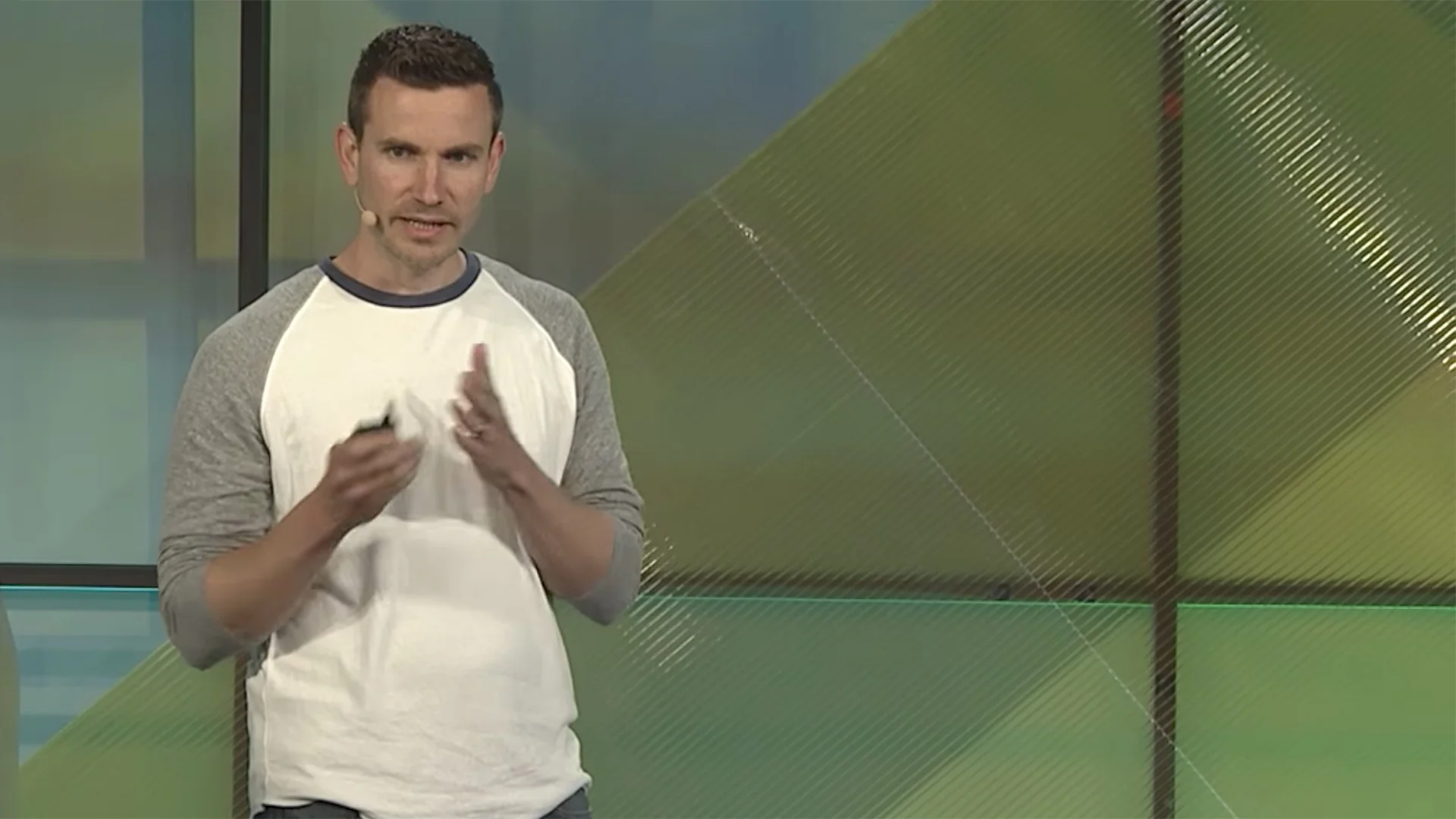While in the Daydream org at Google, I have led UX across 5 product areas dedicated to creating AR/VR apps and platforms designed for everyone.
Product areas
Google Lens – Leading a team of Designers & UX Researchers to envision the future of ‘searching what you see’ (see project overview).
Product Excellence – Championed a high quality bar for UX across all AR/VR apps.
Geo VR – Pioneered UX conventions for navigating Google Earth and Street View content.
Immersive Media – Led UX across projects, enabling professionals and everyday users to capture and relive moments virtually (VR180, Photos VR, JUMP).
Spatial Audio – Pioneered and shared best practices for spatial audio in VR.
Apps / Controller / Spatial audio / Material Design / Patents / Press
Daydream Apps
As the Daydream team was developing the OS, we were also developing apps for it. The lessons I learned as we built these experiences helped identify best practices that influenced 3rd party developers and back up to the platform.
Google Street View VR
Travel down streets, browse from a curated menu of interesting places and search for destinations.
My role: I led two UX designers and a Researcher from concept to launch. The UX insights I gained from my previous work on Google Earth VR helped accelerate the UX models for Street View VR.
Google Arts & Culture VR
Browse and view famous paintings in VR, while listening to contextual audio.
My role: I worked with the Lead Designer to direct UX for the user’s first time experience, and browsing/viewing artwork. To craft the realistic museum environment that houses the art, I worked with architect Ian Read.
Google Play Movies VR
Browse, search and watch movies and television shows in VR.
My role: During the second half of the project, I began directing UX and carefully balanced user needs with engineering time to make sure the UX hit the quality bar defined for the platform.
Google Photos VR
Browse and view personal photos in VR.
My role: I worked with the Lead Designer to direct UX for the user’s first time experience, and browsing/viewing personal photos.
Daydream controller
If 50% of the Daydream hardware is the viewer, the other 50% is the controller. At launch, the controller was a key differentiator to other VR devices like Gear VR because it was simple and allowed users to point at things naturally vs the alternatives like using a joystick or d-pad.
The Daydream controller allows users to point, select, throw, swipe, etc. To get the controller to feel natural, I led UX of the in-VR aspects by refining ergonomics and look & feel. I also worked with a engineers to implement the final spec into the Daydream Platform. The final result is a new industry standard that has been embraced by 3rd party apps and other VR devices.
Based on these learnings, Basheer Tome and I spoke at VRDC’17 about designing intuitive and delightful interactions with 3DoF controllers for VR. We shared insights about how the Daydream controller was developed, what interaction models were expected from users, and best practices that emerged after a year on the market.
Spatial audio for VR
As the Daydream platform and apps were being developed, I stepped up to lead UX for sound design for VR at Google. Sound in VR is completely three-dimensional to the listener and because of this, it is critical to the experience feeling natural and immersive.
At the time I started leading UX for spatial audio, the VR industry had little to no examples or standards for it. To dive into this uncharted territory, I built prototypes to learn about what worked best in VR, and what did not. Once I had a foundation to build on, I directed 4 sound designers to integrate spatial audio into the Daydream platform and into 12 VR apps. Along the way, I identified best practices for spatial audio in VR and shared them at Google I/O 2016, Google Developers and GDC 2017.
Material Design for VR
Throughout my work on Daydream, I directed Material Design for VR. Before this work, there were little to no best practices for UX in VR at Google or publicly. Designing for VR is largely different than designing for 2D, so it was not a simple matter of porting the existing Material Design system to 3D. There are a large number of considerations (human vision system, vestibular system, ergonomics, readability, emotional comfort, etc...) that influenced what Material Design in VR is. To fully understand these considerations, I worked with designers across Google to gather UX patterns, conducted experiments and observed user testing.
In 2016, I led the creation of the first VR design stickersheet template at Google. This template included ergonomic guides, layouts, components, a new unit system (dmm’s) and font sizes that are guaranteed to work in VR. All elements in the template were based on the existing 2D Material Design spec to prevent inventing a completely new design system and to embrace the familiar Google look & feel.
Based on these learnings, Chris McKenzie and I spoke at Google I/O 2017 about best practices for creating legible / usable UIs in VR.
Press
CNET: “YouTube, Google Street View and Google Photos feel like potential killer apps.”
FastCo Design: “And Google’s own apps really shine in VR. Exploring the Pyramids of Giza or Machu Picchu through Google Street View is fantastic, the sort of I almost feel like I’m there! sensation you can’t get through a computer monitor.”
Digital Trends: Daydream View is the best mobile VR you can get: So far, our favorite apps are Street View, Google Arts & Culture, YouTube VR, and Mekorama VR. Google’s Daydream View headset is a must-buy for those interested in VR...
Awards
On the Daydream team, I had the privilege of being an explorer in a design space that very few had gone before. Daydream helped pioneer design patterns and best practices for AR/VR. It’s been a big responsibility to take on—but it’s also incredibly exciting. I believe that my contributions across Daydream raised the bar for quality and innovation which contributed to Google as a whole being honored for its design contributions.
In 2018, Google won several Fast Company – Innovation by Design awards. The most prestigious award recognizes Google as Design Company of the Year for the importance of trailblazing, future-focused design—something we live every day.
In 2018, Google was honored by AIGA as a Corporate Leader for raising the bar of design excellence. This award recognizes Google as an exemplary company modeling design's potential to delight users, inspire visionary products and services, fuel innovation, and improve our world.








